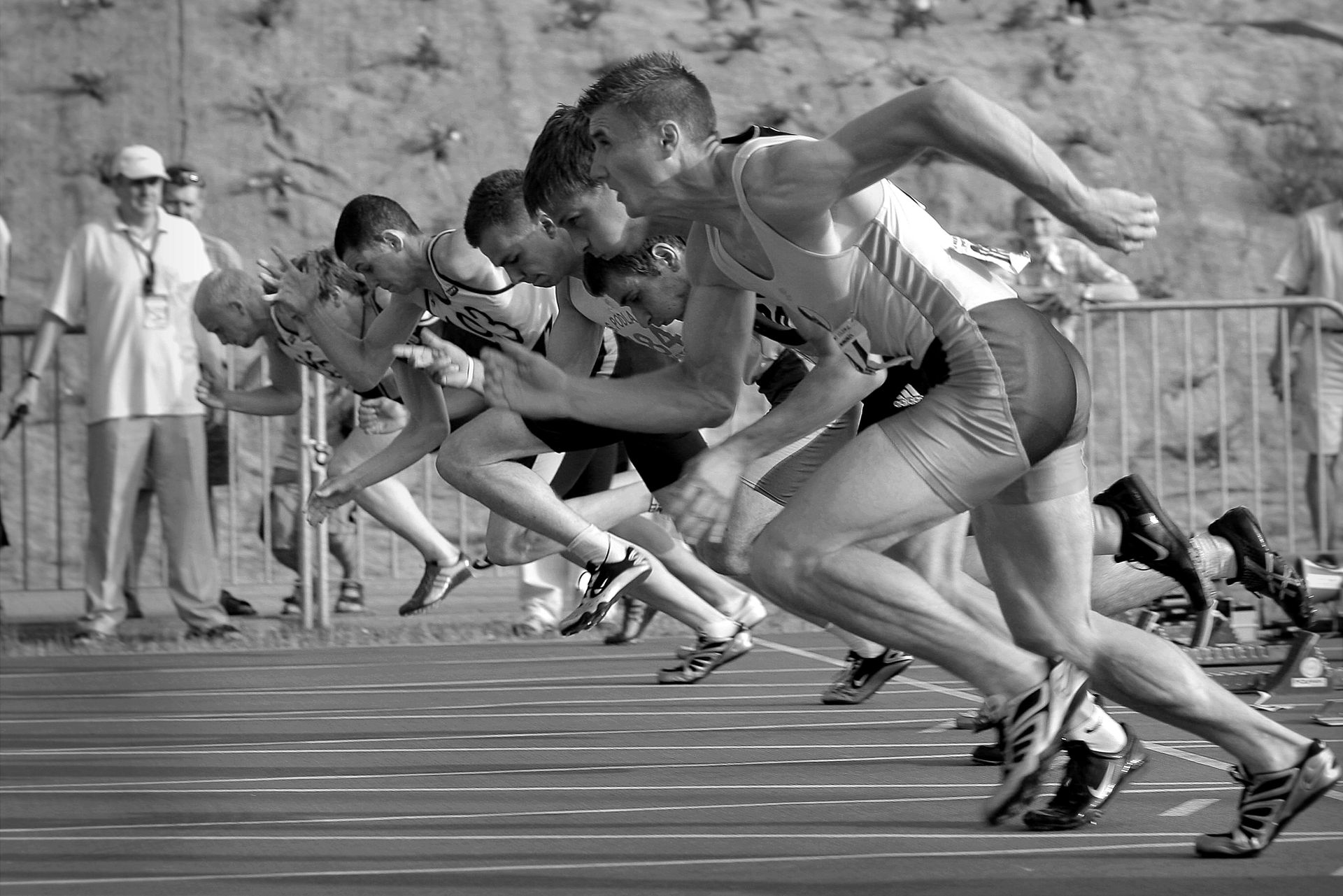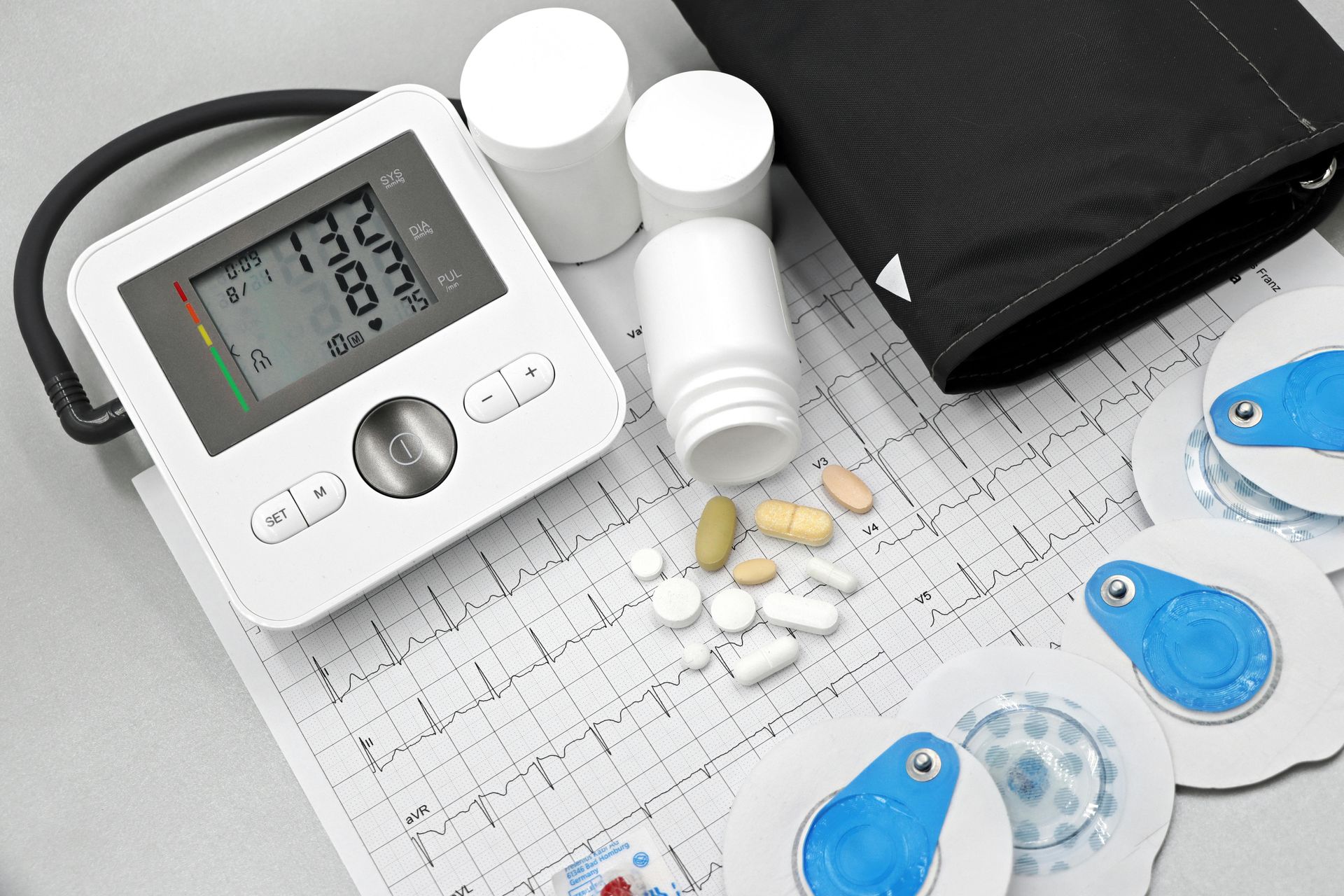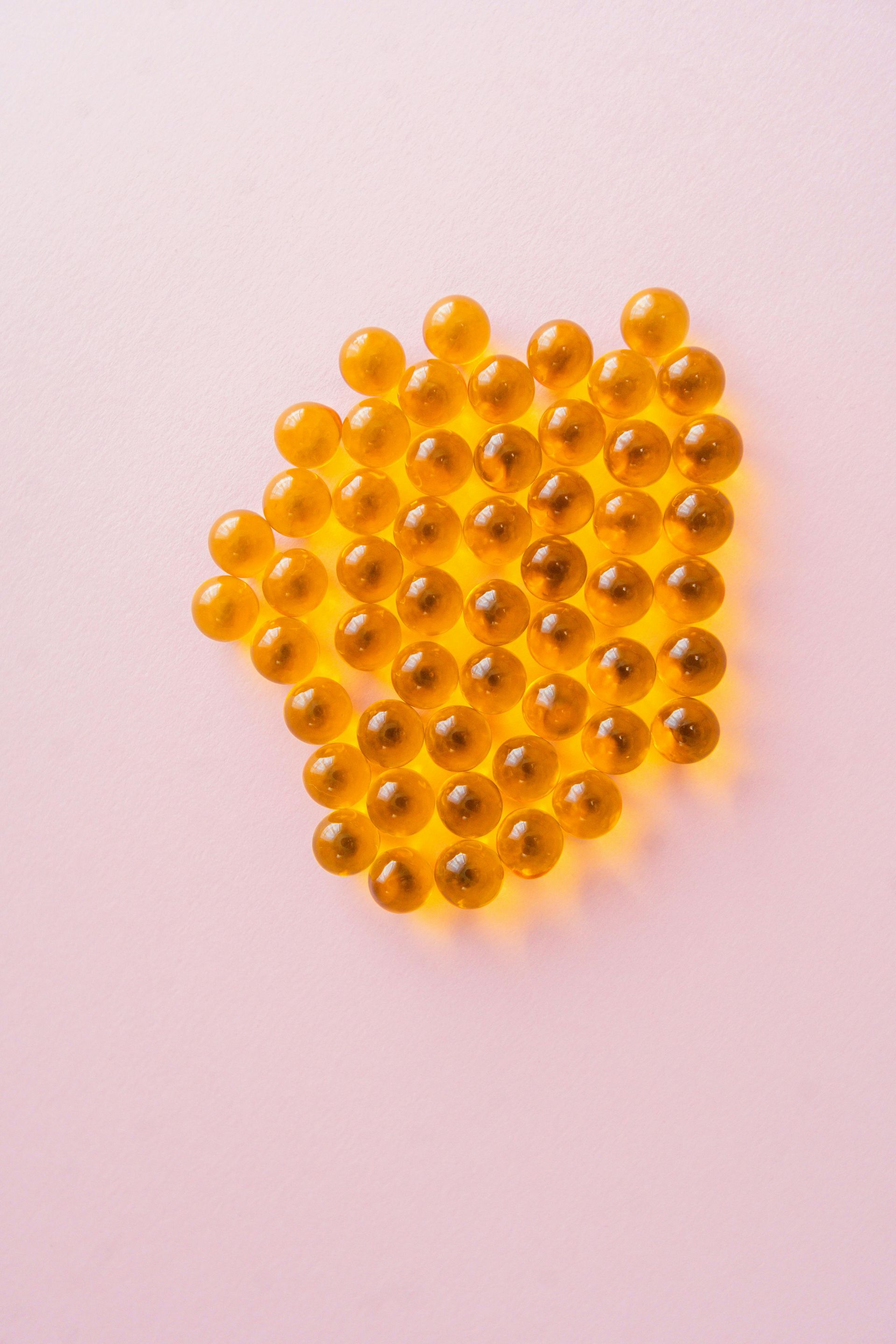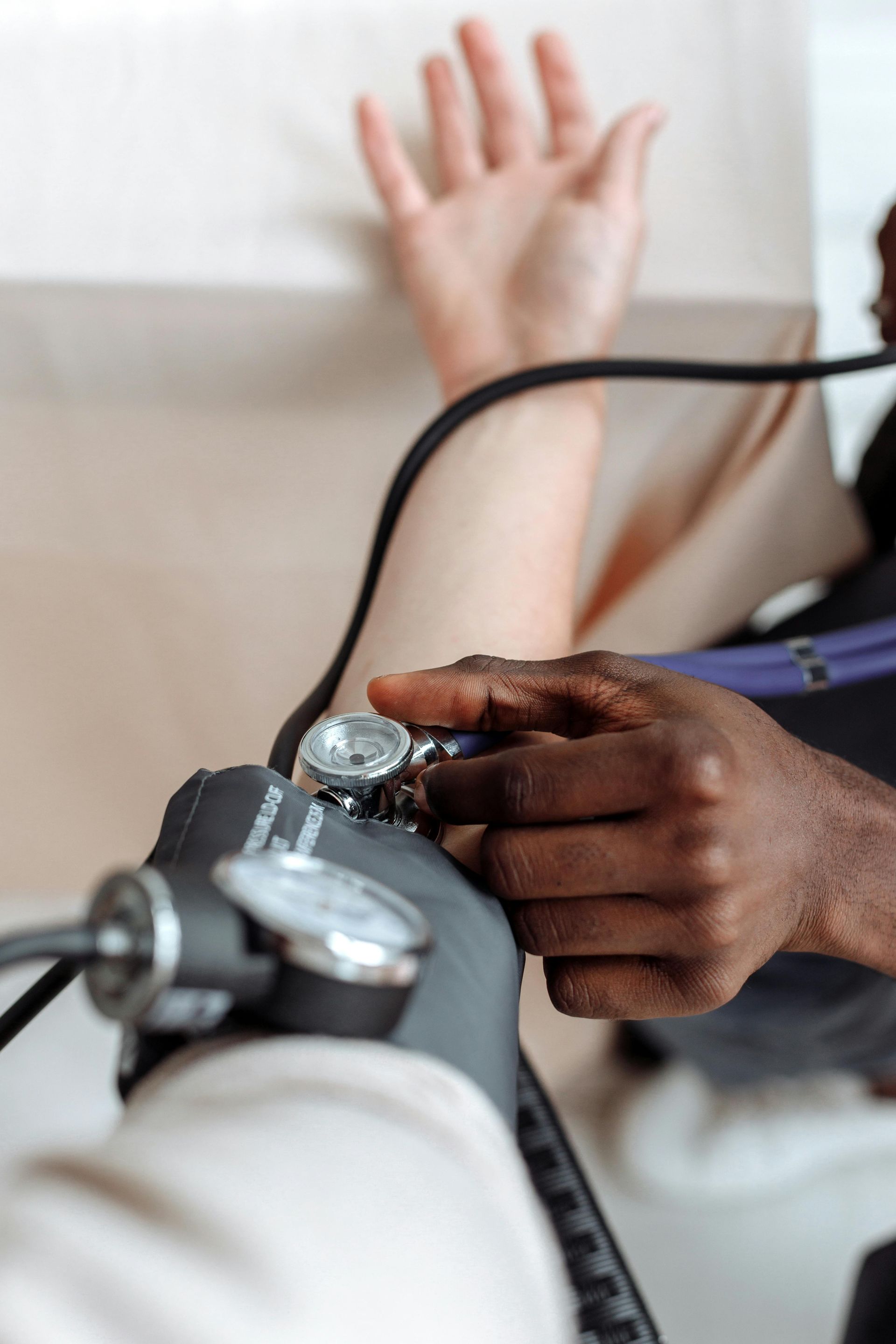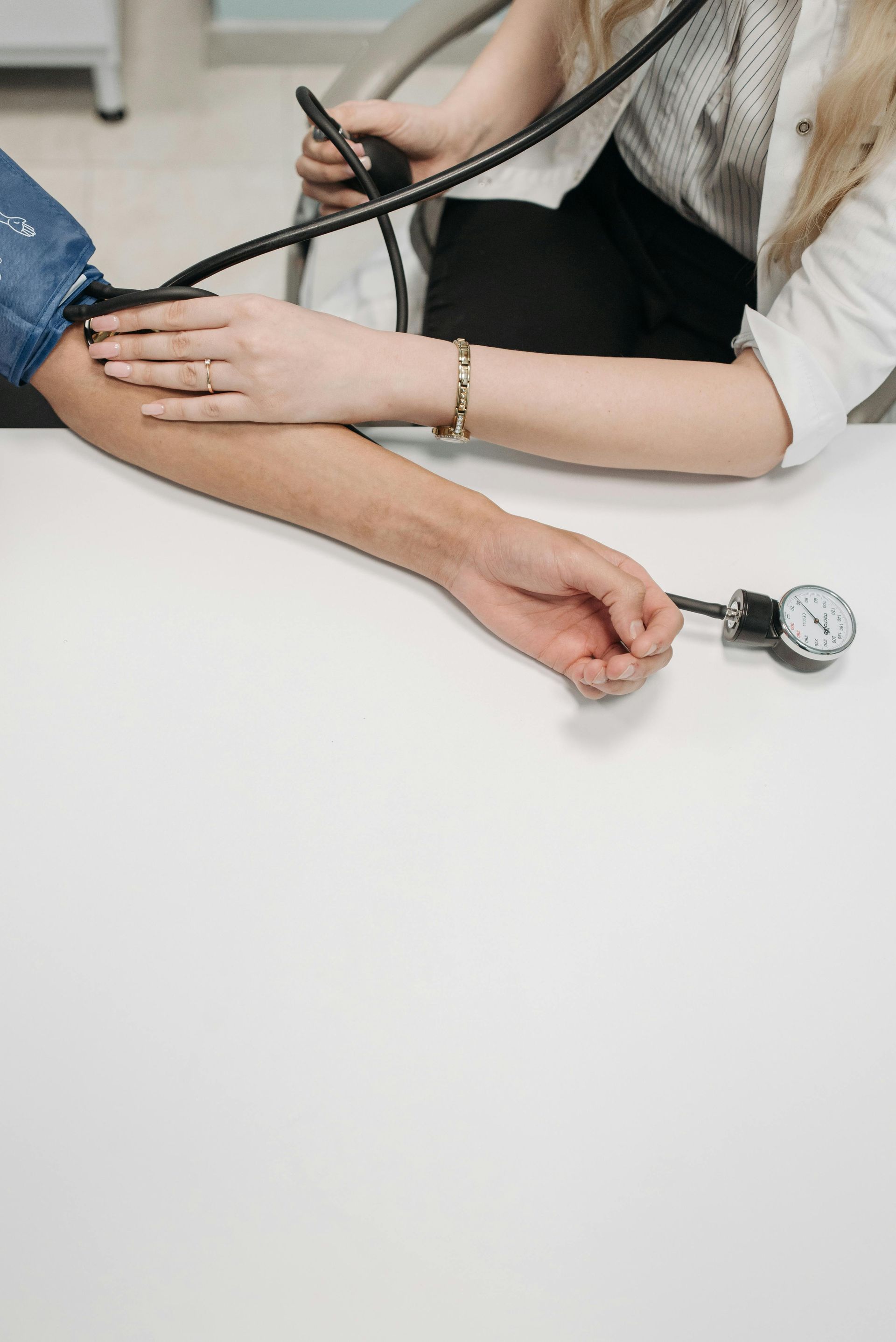Mohamad-Ali Salloum is a Pharmacist and science writer. He loves simplifying science to the general public and healthcare students through words and illustrations. When he's not working, you can usually find him in the gym, reading a book, or learning a new skill.
Creatine Demystified: What the Latest Research Reveals (2022–2025)
Share
Introduction
Creatine—synthesized from arginine, glycine, and methionine—powers the phosphocreatine–ATP system, enabling rapid energy turnover during intense effort. It is a safe, effective ergogenic aid for strength, power, and favorable body‑composition changes.
Typical increases around ~0.8 kg when paired with resistance training
Consistent gains in upper‑ and lower‑body performance
Small, task‑specific benefits (e.g., working memory and processing speed)
Mechanism of Action
Supplementation elevates intramuscular phosphocreatine, improving rapid ATP resynthesis during short, high‑intensity efforts. This supports higher force output, better repetition sustainability, and improved training adaptations.
Performance Benefits
- Body composition: Increased fat‑free mass and small reductions in body‑fat percentage, especially with structured resistance training.
- Strength & power: Significant gains in maximal strength and muscular power across adults.
- Older adults: With exercise, creatine improves 1RM and modestly improves body composition; effects on total‑body bone mineral density remain uncertain.
Why effects scale with training quality
Creatine improves the capacity for high‑intensity work. Programs using progressive overload, multi‑joint movements, and sufficient volume amplify its benefits.
Who Benefits Most?
Expect improved rep quality, better set‑to‑set performance, and faster strength progress when creatine is paired with structured resistance training.
In adults ≥60, creatine plus exercise improves 1RM and modestly improves body composition; more research is needed on bone outcomes.
Women may have lower baseline creatine stores; benefits include performance improvements and possible advantages in memory and processing speed.
Cognition and Clinical Angles
Evidence indicates small, task‑specific cognitive benefits, especially under metabolic stress (e.g., sleep restriction). Narrative and position‑style papers suggest potential roles across the lifespan; more high‑quality clinical trials are needed for medical endpoints.
Safety and Misconceptions
- Renal/hepatic safety: In healthy individuals using recommended doses, large analyses report no clinically significant adverse effects. Serum creatinine may rise without indicating renal injury.
- Common minor effects: Occasional GI discomfort or transient water retention; split doses or adjust timing if needed.
- Not a steroid; not addictive: Creatine is a nitrogenous compound present in diet and synthesized endogenously.
Dosing and Practical Use
Protocols (Aligned with leading guidance)
Option A — Classic loading + maintenance • Loading: ~0.3 g/kg/day for 3–5 days (e.g., 20 g/day split into 4 × 5 g). • Maintenance: 3–5 g/day thereafter. Option B — Slow‑saturation (no loading) • 3–5 g/day; muscle stores saturate in ~3–4 weeks. Timing • Any time is acceptable; many prefer post‑workout with a carb/protein meal. Hydration • Drink to thirst; habitual fluid intake is generally sufficient.
Tip: If GI discomfort occurs, split into 3–4 smaller doses.
Interactive: Loading Dose Calculator
Formula: 0.3 g/kg/day for 3–5 days (then 3–5 g/day).
Disclaimer: Informational only; not a substitute for medical advice.
References:
1. Kreider RB, et al. International Society of Sports Nutrition position stand: creatine supplementation and exercise. J Int Soc Sports Nutr. 2023;20(1):1-20.
2. Forbes SC, et al. Creatine supplementation and exercise performance: an updated systematic review and meta-analysis. Sports Med. 2023;53(2):217-235.
3. Dolan E, et al. Safety of creatine supplementation: a systematic review. Nutrients. 2022;14(3):639.
4. Smith RN, et al. Cognitive effects of creatine: a systematic review. Neurosci Biobehav Rev. 2024;152:105-118.
5. Antonio J, et al. ISSN position stand: creatine safety and efficacy revisited. J Int Soc Sports Nutr. 2023;20(1):45-60.
List of Services
ABOUT THE AUTHOR
Mohamad-Ali Salloum, PharmD
Share
Recent articles:













